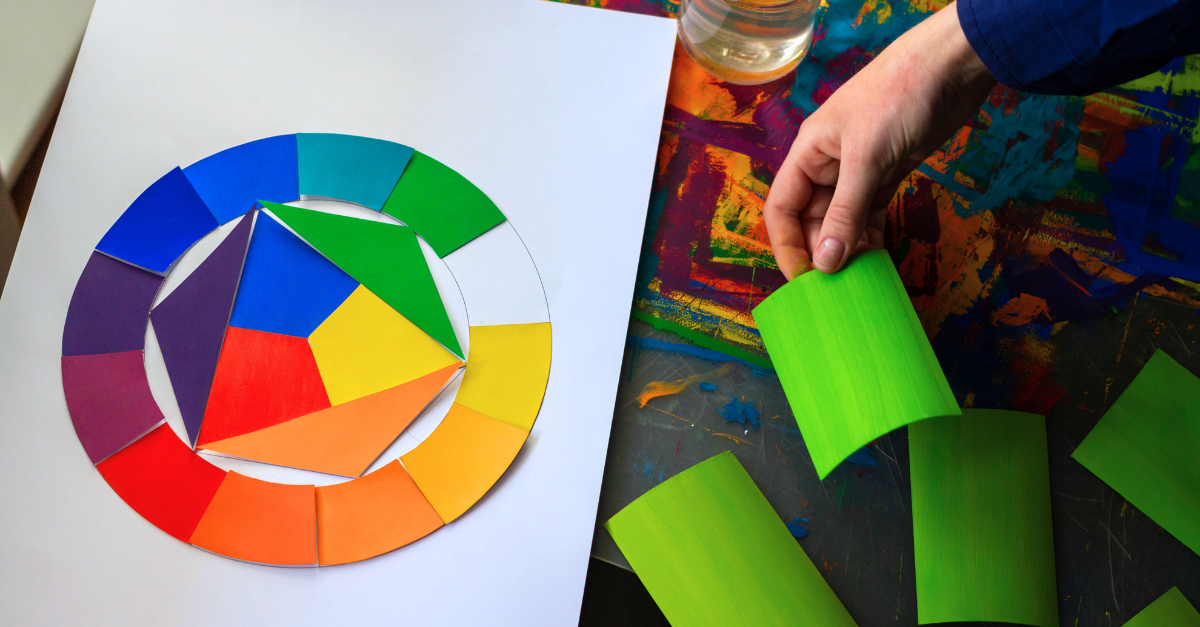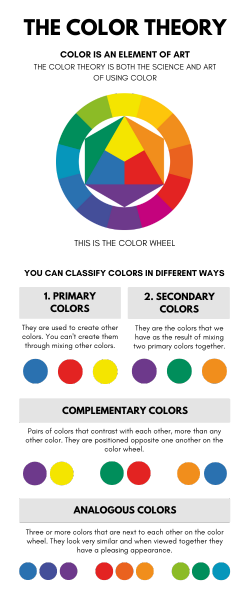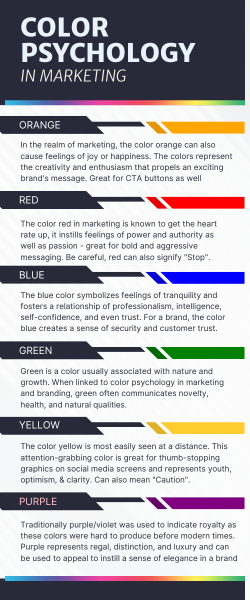
Color theory is a critical tool for marketing professionals. It can help create unity in brand identity, convey certain messages, and generate specific feelings in consumers. When used skillfully, color can be a powerful marketing tool. However, it’s important to understand the basics of color theory before applying it to marketing campaigns.
What is Color Theory?
Color theory plays an essential role in marketing and advertising, allowing marketing agencies to create eye-catching designs that catch the attention of their target audience. Color theory is an organized system used to determine which hues work well together. It is based on the study of emotional responses and the way different colors can affect feelings and actions. Utilizing this knowledge helps marketing professionals strategically create visual marketing campaigns that effectively convey their message and make a lasting impression on their potential consumers. By understanding color theory, marketing agencies can give their clients campaigns that are both creative and memorable.
Color Theory Classifications
Colors in the visual spectrum (for us humans) are all derived from 3 primary colors; red, blue, and yellow. Mixing the different primary colors equally creates 3 additional secondary colors; purple, green, and orange. Of these 6 primary and secondary colors, groups of two exist to create complementary colors. Purple and yellow complement one another, as to red and green and the combination or orange and blue. Analogous colors sit along the same quadrant of the color wheel and exist in the spectrum between a primary color and a secondary color derived from the primary.
Color Theory and Consumer Psychology
Color can be a powerful tool in influencing how consumers perceive a product or brand. For example, using the color blue when branding a product may signify trust; conversely, the color red might symbolize excitement. The way that buyers interact with a product or brand is largely shaped by the colors used and their associated emotions, like green, which can evoke feelings of tranquility while yellow is often linked to optimism. Through strategically using specific hues during marketing campaigns, brands are able to naturally introduce various psychological triggers that influence consumer perception and ultimately drive sales.
Common Color Theory Mistakes in Marketing
Using color in marketing materials has the potential to make a strong impression on customers. However, without proper consideration and contrast, it can have the opposite effect. All too often, brands may risk making their message hard to read by combining contrasting or clashing colors or using light hues that lack contrast against white backgrounds. Additionally, an aggressive or stimulating color palette, while attention-grabbing, may alienate some viewers or distract from the overall message being conveyed. It is important to carefully weigh all color options and consider how they will contrast against one another before finalizing any marketing material design.
Using Color Theory in Marketing & Advertising
Using color to your advantage in marketing can set your advertising efforts apart from the competition and become one of the most effective ways to capture the attention of potential customers. From influencing people’s emotions to providing associations and meanings, color can be a great tool for all marketing professionals.

It is important to remember that color theory should always be used alongside other elements of design and marketing. Finding a good balance between colors that work together, such as complementary or analogous colors, and those that evoke emotion will ensure the maximum impact for your brand messaging. In addition, never underestimate the power of creative prototyping – trying out a few different color combinations early on can help you find the most effective mix which is tailored specially to your product or service. Effective use of color in marketing starts with understanding why it matters and ends with finding an appropriate combination that gives you optimum results. To ensure the successful use of color theory in your marketing endeavors, follow these tips today!


Recent Comments